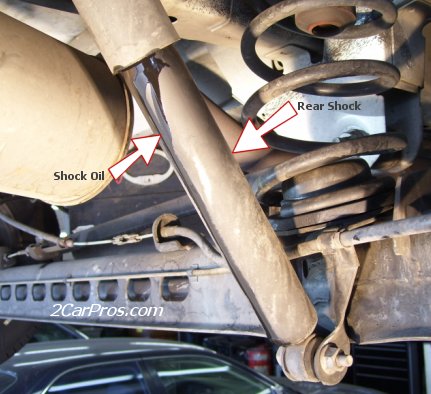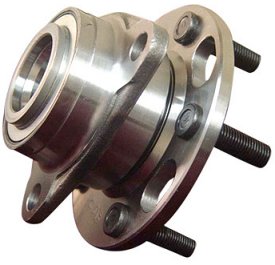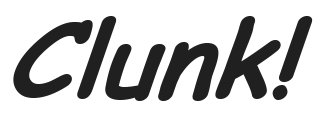Clunking Noise8/25/2013 2:27:16 AM When a clunking noise is detected first locate the area of the car
Car Clunking Repair Guide: Loose Wheel Lug Nuts - The lug nuts on your car are used to fasten the rim and tire to the axle. It is recommended that the lug nuts are tightened to a specific manufacturer specification. If these lug nuts become or are left loose they can make a clunking noise while the car is in motion. To check for this condition use a lug wrench equipped with the correct size for your particular lug nut size. If the lug nuts are loose re-tighten as needed. (Note: if the lug nuts have been loose for an extended amount of time it can damage the wheel stud and/or rim. Check for damage and replace or repair as needed). Loose Brake Caliper or Brake Pads - The brake pads and calipers are designed to slow the vehicle Check Sway Bar Links - Connectors - Bushings - The sway bar on your car is designed to stop the car from rolling when driven into a corner. This bar is attached to the frame on each side and connected to each suspension control arm on both sides. To inspect sway bar bushings for wear look for cracked bushings or missing link insulators. If damage is observed replace the sway bar links with new and recheck system replace as needed.
Checking Engine and Transmission Mounts - The engine mounts in your car are designed to hold the engine and transmission in place. When these mounts fail it will allow the engine to rise up when accelerating, and then falling back down when not accelerating. This falling back down action makes a clunking sound. To inspect for this condition the car will need to be lifted and the engine mounts inspected. Look for separation of the rubber and metal mounts that hold the mount together. If separation is detected the mount must be replaced. Checking Strut Failure - Struts are created with hydraulic dampening valves that can fail causing a clunking or popping noise. If strut oil is leaking the shaft seal has failed and will cause a rattle or clunking noise. To test for this condition disassemble strut assembly and check for excessive strut movement, if strut is easily moved (low resistance) replacement is needed. A spring compressor is required for disassembly.
Checking Shock Failure - Shocks are created with hydraulic dampening valves much like struts and can fail causing a clunking or popping noise. If shock oil is leaking the shaft seal has failed and will cause a rattle or clunking noise. To test for this condition inspect shock assembly and check for leakage, if shock is easily moved (low resistance) replacement is needed.  Shock Leaking Drive Shaft U Joints - A driveshaft U joint is designed to act as a rotating junction that can be flexible while still transferring energy from the engine to the rear differential. A universal joint or U joint is constructed of four bearing caps that house multiple needle bearings. The universal joint is lubricated by adding grease through a zirk fitting on the U joint. Some u joints are manufactured with a proper amount of grease and do not need service and therefore do not have a service fitting. If a universal joint fails it can make a clunking noise that occurs when the car is changed from drive to reverse gears. To check for this condition inspect the U joint and look for a light rust powder around the bearing cups. This rust colored powder is caused by metal disintegrating and is a sign of universal joint failure. When a universal joint has failed it must be replaced and cannot be repaired.  Universal or "U" Joint Checking Axle Bearing Failure - An axle bearing is designed to support the weight of the vehicle by allowing the wheels to rotate. These bearings are manufactured with high grade steel that resists wear under extreme conditions. When an axle bearing fails it allows metal to contact metal under pressure with a linear motion creating a clunking noise. Remove axle bearing and replace with new and recheck. Some vehicles 
|
|


